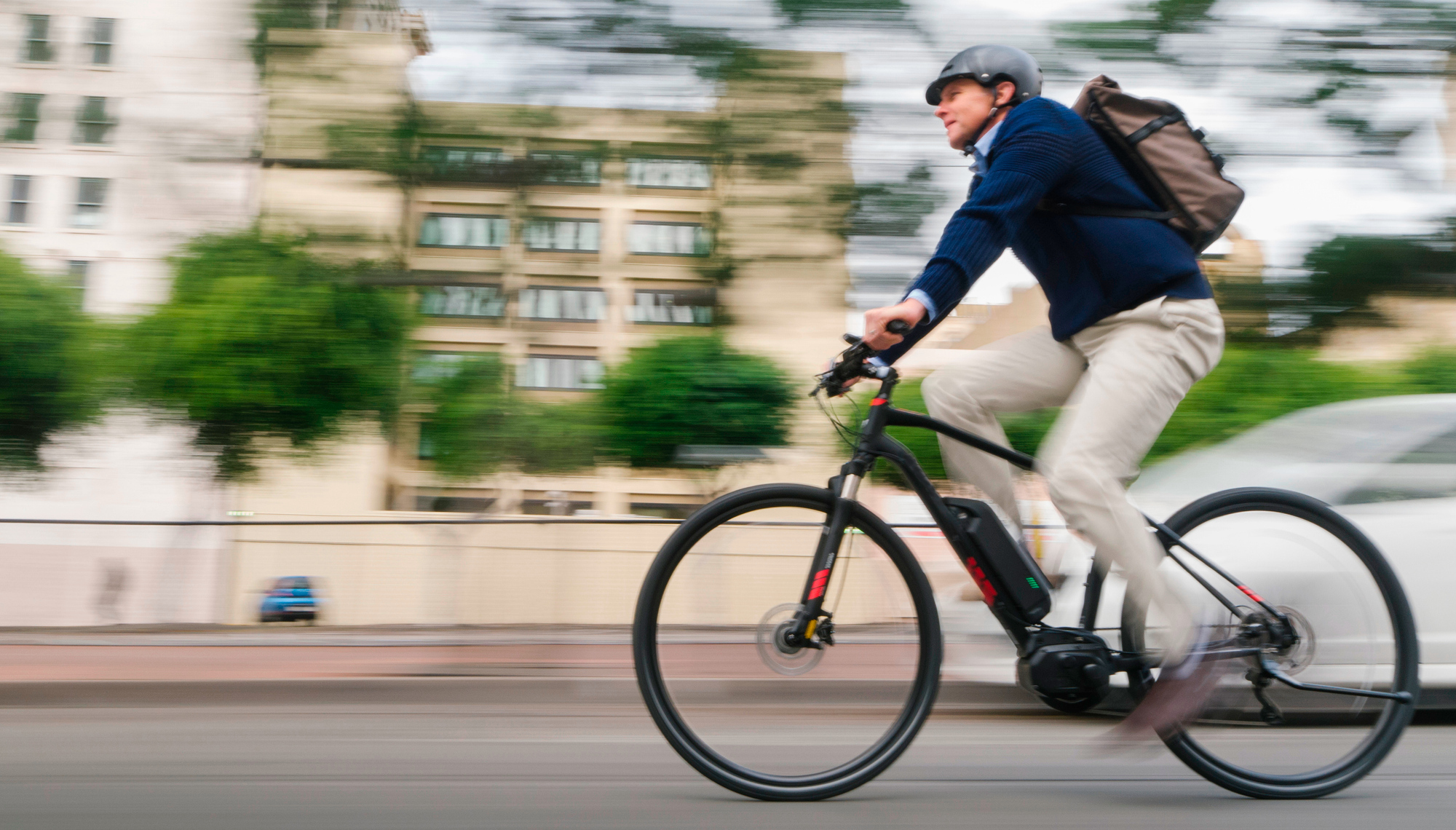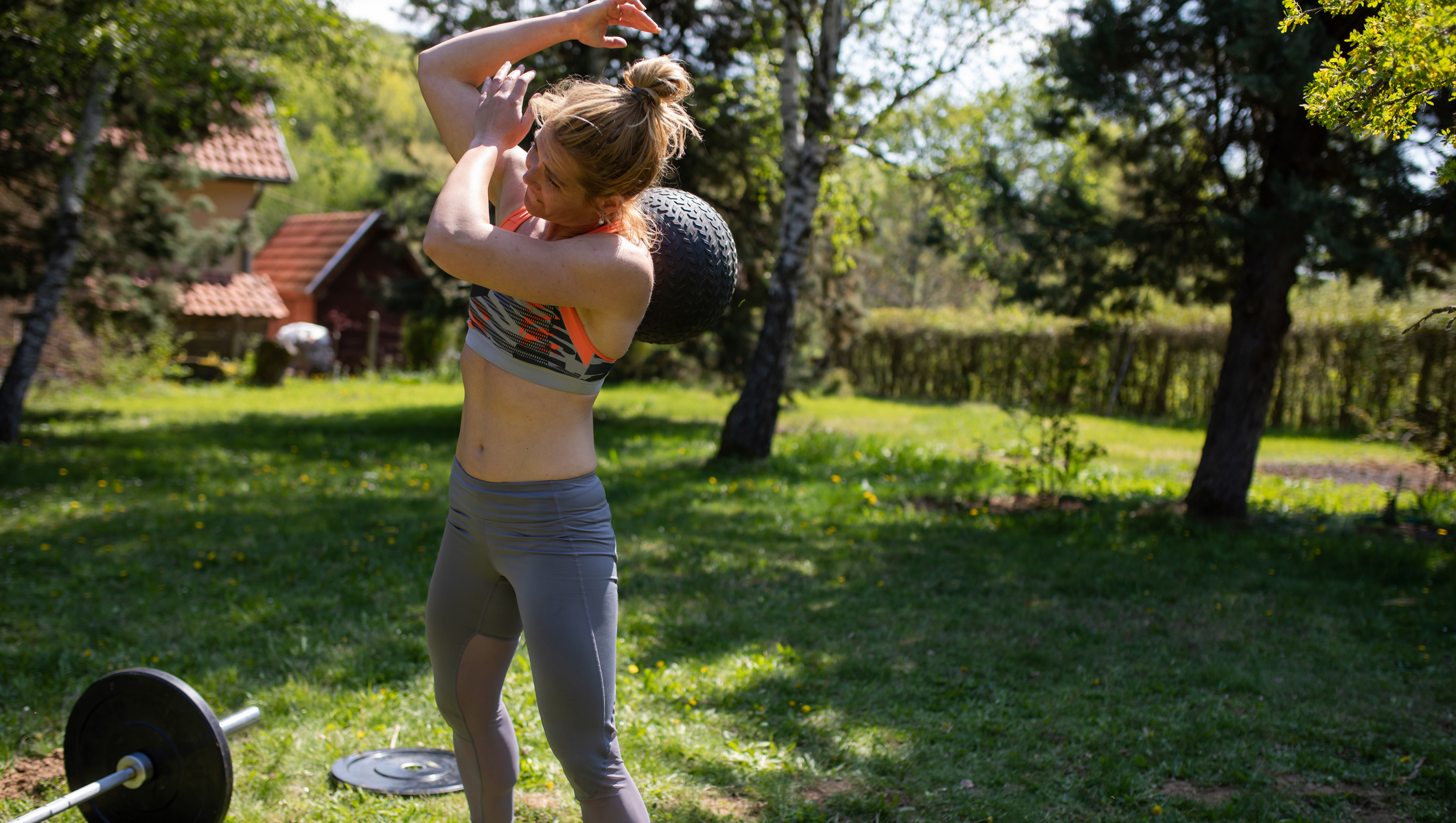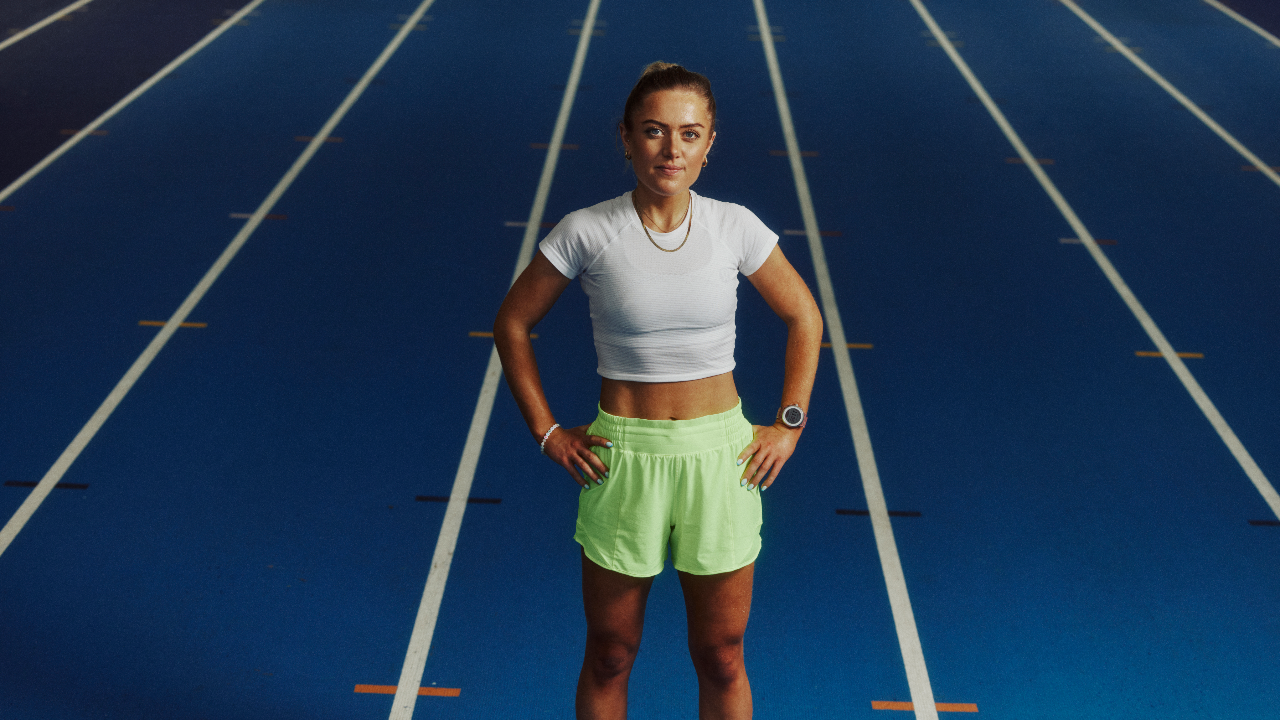How To Measure VO2 Max And Why It’s Important
Your VO2 max is a useful gauge of your cardio fitness, and we took a VO2 max ramp test and compared it to the measurements from sports watches

There are a lot of different ways to assess your fitness, including how out of breath you feel when you walk up a flight of stairs and how fast you can run 5K. But to accurately quantify your fitness potential, it’s worth measuring your VO2 max. In the simplest terms, your VO2 max measures your aerobic capacity and while you can get estimates from most of the best sports watches these days, the most accurate way to measure it is by a maximal-effort test wearing a gas analyzer.
For more information on how to measure VO2 max we spoke to Livvy Probert, head of science and co-founder of HAWQ, a company that provides personalized health and wellbeing assessments including VO2 max tests. I took one of these tests and was able to compare my result with the VO2 max scores estimated by Garmin, Polar, Coros and Apple watches.
Livvy Probert is the co-founder of health assessment company HAWQ and its head of science. Probert has an MSc in Sport and Health Sciences from the University of Exeter and a BA in Natural Sciences from the University of Cambridge. Probert is also a Level 4 qualified personal trainer.
What is VO2 max and why is it important?
VO2 max is the maximum amount of oxygen your body can utilize during exercise. At your highest intensity, it’s the volume of oxygen your body is using. It’s normally measured in milliliters of oxygen per kilo of bodyweight, per minute of exercise. It normally ranges from the 20s to 60s.
There are two main reasons why knowing your VO2 max is so important. One is as a measure of fitness, particularly for endurance athletes, although anyone who has a cardiovascular element to their training will benefit from the insights the test provides.
The other element is health. VO2 max is considered one of the best predictors of longevity. We measure lots of things at HAWQ Score and we like to put everything together as a bigger picture. But if I had to pick one number, VO2 max is the most valuable indicator of long-term health.
- More experts explain what is VO2 max.
So it’s important for everyone and key to endurance sports?
For marathon runners, cyclists and anyone who enjoys endurance sports, your VO2 max can be an important predictor of your performance, because it’s your aerobic capacity. Other factors including your running economy and your efficiency are important too.
But if you’re a football player, or a rugby player like I am, it’s particularly important to have an endurance base. You might have to sprint after a ball every now and then, but having a good VO2 max is going to give you the capacity to keep going for a long time.
How do you measure VO2 max?
The gold standard is a VO2 max test, which can be done either in a science lab or in a gym that has specialist technology. Here, we use something called the VO2 Master. It’s a face mask with a gas analyzer that directly measures gas consumption. It takes a sample of the air around you and what you breathe out. From there it works out how much oxygen is used and how much CO2 you produce. This can provide a direct measurement of your oxygen consumption.
A VO2 max test is a ramp test performed on a treadmill or a stationary bike that usually takes around 15 to 20 minutes.You start slowly and get quicker until you can’t go any further and reach your maximum effort. It’s a maximal-effort cardio test.
Alternatively, sports watches can estimate your VO2 max. However, they can’t actually measure your oxygen consumption, so it’s an estimation. That said, some watches are pretty accurate and a good indicator of your fitness.
How do sports watches estimate VO2 max?
There are two ways to estimate your VO2 max using a sports watch, and many brands combine both. The most common method is using your heart rate. Some will estimate your VO2 max from your resting heart rate, which is probably one of the less accurate ways to do it. Other watches use your maximum heart rate compared with your heart rate during exercise. From that it will use algorithms to help predict your score based on people who have done gold-standard VO2 max tests.
A lot of watches go one step further, and track your speed, distance and heart rate during exercise. This collates as much information as possible to make that estimation more accurate. As far as I’m aware, that’s the two ways watches currently do it, but it’s a big field and always evolving.
Can you improve the accuracy of watch estimates?
I would recommend getting a chest strap that connects to your watch to increase the accuracy of your heart rate data. If you ever do a full VO2 max test and get your heart rate training zones, you can actually input that data into a lot of watches. That makes it more accurate because the watch knows 140bpm is in your zone 2, and if you’re now running faster at the same heart rate, you’re getting fitter. It’ll give you a dynamic estimate of your VO2 max based on previous predictions.
Another way that using a chest strap can be helpful is if you do a self-guided VO2 max effort test. That way your watch can pick up a new, accurate max heart rate. Everyone is so different—220 beats minus your age [the way most watches estimate your max heart rate] is a good indicator, but it’s a mathematical estimation, not a scientific measurement.
Can you estimate your VO2 max based on your race times?
Generally, the faster you are during a race, the better your VO2 max is going to be. That said, particularly with running, your efficiency, form, economy, how recovered you are on the day, plus your hydration levels and nutrition strategy will all affect your race times.
Paula Radcliffe’s VO2 max did not change over a couple of years of training. And yet she went from not winning to setting a new marathon world record because she was more efficient and her form improved.
Race times are generally a good estimate and if you’re running faster, you’re probably going to have a higher VO2 max than someone who’s slower than you. However, without actually doing a VO2 max test to measure it you can’t be 100% certain.
How do you improve your VO2 max?
To improve your VO2 max, the two most important workouts I recommend are long, slow steady runs and interval training. When I say slow, I mean slow. A zone 2 workout, in your endurance zone, will improve aerobic capacity. It should be for a minimum of half an hour, the longer the better.
The way to estimate your zone 2 is to train with someone. If you can talk you’re at the right pace, because you’re breathing at the right frequency and not running too hard. You need to increase your heart rate a little bit without pushing it too far. There are very specific adaptations you get by doing a zone 2 workout but if you go too fast, you’re not going to benefit.
At the other end of the spectrum, I recommend zone 5 intervals. Run hard at your maximum effort, until you’re really out of breath. You want to work hard, but you also want to recover well. Aim to be in the top 10% of your max heart rate, and spend 30 to 60 seconds in that heart rate zone. Don’t just run 30 seconds all-out—take a minute to get your heart rate up there. Once it gets above 90% of your max heart rate, then the next 30-second interval starts. Aim to recover fully so you can go all-out on the next one.
How often should you do VO2 max tests to see if you’ve improved?
Unless you’re a beginner who plans to suddenly start training really hard, I would recommend doing a VO2 max test every 6-12 months. In the meantime, you can track your heart rate during workouts. If you do the same workout at a lower heart rate or you can keep the same heart rate while going further then this can be a good indicator that you’re improving your VO2 max without necessarily having to do another test.
What’s A VO2 Max Test Like?
For a first-hand experience of a VO2 max test I visited HAWQ in London and did a ramp test on the treadmill as part of a general health assessment. You can also do the test on an exercise bike if you prefer; the advice is to opt for whatever you do more of in your regular training.
I was pretty apprehensive about how brutal the test would be, since by design it has to finish with you working flat-out, but actually it’s quite quick and not too unpleasant. Certainly less painful than an all-out 5K, for example, or a cycling FTP test.
HAWQ uses the VO2 Master Analyzer, a standalone mask that you strap to your face without needing to be wired up during the test. It gets hot in the mask pretty quickly, since it covers your entire mouth and nose to measure the gases exchanged. I also wore a chest strap heart rate monitor for the test that linked to the VO2 Master app as well.
Once masked up, I ran at a gentle pace with a small incline for three minutes to warm up, then started the ramp by increasing the pace by two levels every minute up to a speed of 20. From there the ramp got steeper, and the incline went up every 30 seconds until I tapped out after another minute. I then rested on the treadmill for two minutes to see how fast my heart rate came back down, which is another marker of fitness.
This ramp was personalized to my running ability and it’s very easy to adjust the pace and incline to suit any level so you max out after eight to 10 minutes. Including the warm-up and the early stages of the ramp, half of that is fairly easy running, so you’re only really going at it for a few minutes.
Get the Coach Newsletter
Sign up for workout ideas, training advice, reviews of the latest gear and more.
The test doesn’t just measure your VO2 max, it also gives you a max heart rate reading and your heart rate zones, which you can use to train in your fat-burning zone, for example.
I’ve tested sports watches from a wide variety of companies that have given me VO2 max estimates, and for the record it’s Garmin who came closest to my VO2 max as measured in the test. Garmin has me at 71 right now, whereas the test had me at 70. I have worn Garmin watches for a lot longer than others, though, which gives them more data to fine-tune the estimate.
Polar changes its Running Index (which is equivalent to VO2 max) with each run, but both of my most recent scores have been fancifully high—76 and 80—while Coros has me at 64 right now, though to be fair I’ve not used a Coros watch in over a month. Meanwhile the Apple Watch’s VO2 max estimate maxes out at 60, probably due to accuracy concerns above that level.

Nick Harris-Fry is a journalist who has been covering health and fitness since 2015. Nick is an avid runner, covering 70-110km a week, which gives him ample opportunity to test a wide range of running shoes and running gear. He is also the chief tester for fitness trackers and running watches, treadmills and exercise bikes, and workout headphones.









